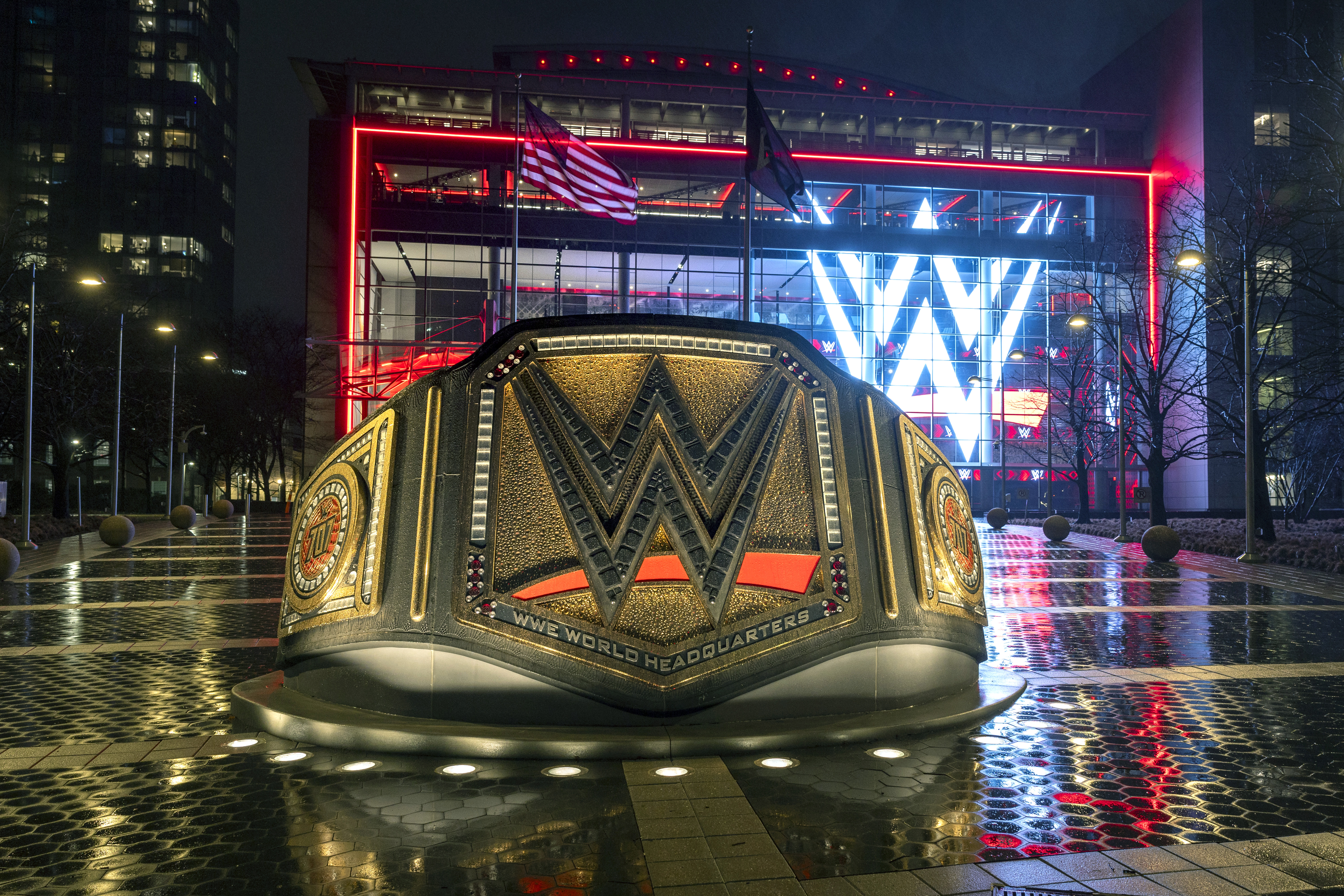
The highly-anticipated Mr. McMahon documentary was released on Netflix last week. With some days to let it sink in, we’ll review the six-episode docuseries. For those who haven’t watched it yet, proceed cautiously as you read this piece. There will be spoilers of sorts.
The initial episode of the program — entitled “Junior” — focused on Vince’s childhood, and eventual rise into the business. With a bit of introspection, Vince spoke about his rough upbringing, where he didn’t know his biological father until he was 12. From there, he got involved in the business despite his father not showing a ton of outward affection towards him. While Vince is somewhat of a veiled individual, the documentary does a very good job of showing someone who is both pained and motivated to succeed based on his childhood.
As the documentary moved forward, you were given interviews from a plethora of wrestlers and people involved in the business. Most notably, you saw clips from Hulk Hogan, Jimmy Hart, Tony Atlas, John Cena, Stone Cold Steve Austin, The Undertaker, The Rock, Trish Stratus, Bruce Pritchard, and the McMahon family (Stephanie, Shane, and Linda). It was interesting to see the accounts of all of the wrestlers. Some were almost reticent to say anything negative about Vince. A baseline level of respect was there considering Vince’s impact on their careers (and wealth). Atlas may have been the most transparent about the entire business. While respectful towards Vince, he also spoke about things he experienced in the industry. This included an NSFW segment involving former WWE icon Pat Patterson and some disturbing allegations centering around teenage boys who constructed the rings for shows.
One episode centered on the infamous Montreal Screwjob. This may have been the most compelling of the series. You got a full breakdown of the Monday Night Wars between WCW and WWE. With that background — along with copious amounts of interview footage from Eric Bischoff — Bret Hart was also brought in to talk about the entirety of the situation. Of course, it was very fascinating to see the story told from both Vince and Bret’s point of view. Shawn Michaels and Triple H were also interviewed as it pertained to the fateful day in Montreal. Hart’s anger and frustrations seemingly remain, and Vince stood steadfast in what he opted to do in terms of taking the title off Bret before he left for the rival promotion.
The Attitude Era and all of its ‘glory’ were explored. Once the WWE succeeded in beating WCW, it ushered in arguably the most popular era in wrestling history. That’s not to say it was without some unsavory elements. All of those were excavated — from the sexualization of women and content (usually involving Vince) to the issues with CTE as well as the premature deaths of many wrestlers.
The series also brilliantly pieced together the unconventional relationship the family had with the business as a whole. With Shane, Stephanie, and Linda all involved in some capacity whether behind the camera or in front of it, all seemingly had different feelings about the business. It especially painted Shane in a positive light. It also was somewhat sad, as it showcased Shane as someone desperately seeking his father’s approval (which could account for the harrowing stunts he’d put himself through over the last two decades). We learned that Linda did not want to be in front of the camera, and we also learned that of the family members, Stephanie was the most business savvy/driven individual not named Vince. Those similarities likely led to her being far more involved in the inner workings of the company compared to her brother (who was described by Atlas as being “a nice guy”).
Towards the end of the documentary, the allegations involving Vince and a former employee came to light. The documentary delved into Vince’s departure from the company, and then his eventual return. When filming was ongoing, more and more information came out. As the documentary shows, Vince canceled his final rounds of interviews — thus not addressing anything directly with this crew.
Vince could be described in several ways. The documentary did a good job of painting a wider picture. He remains a very complex, complicated individual. At the very least, you can also depict him as a very compelling figure. Much of the information within this series isn’t groundbreaking. However, it’s a comprehensive look at a very fascinating story.